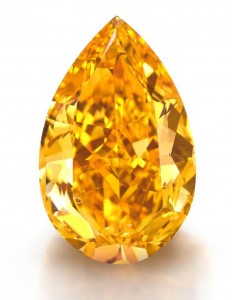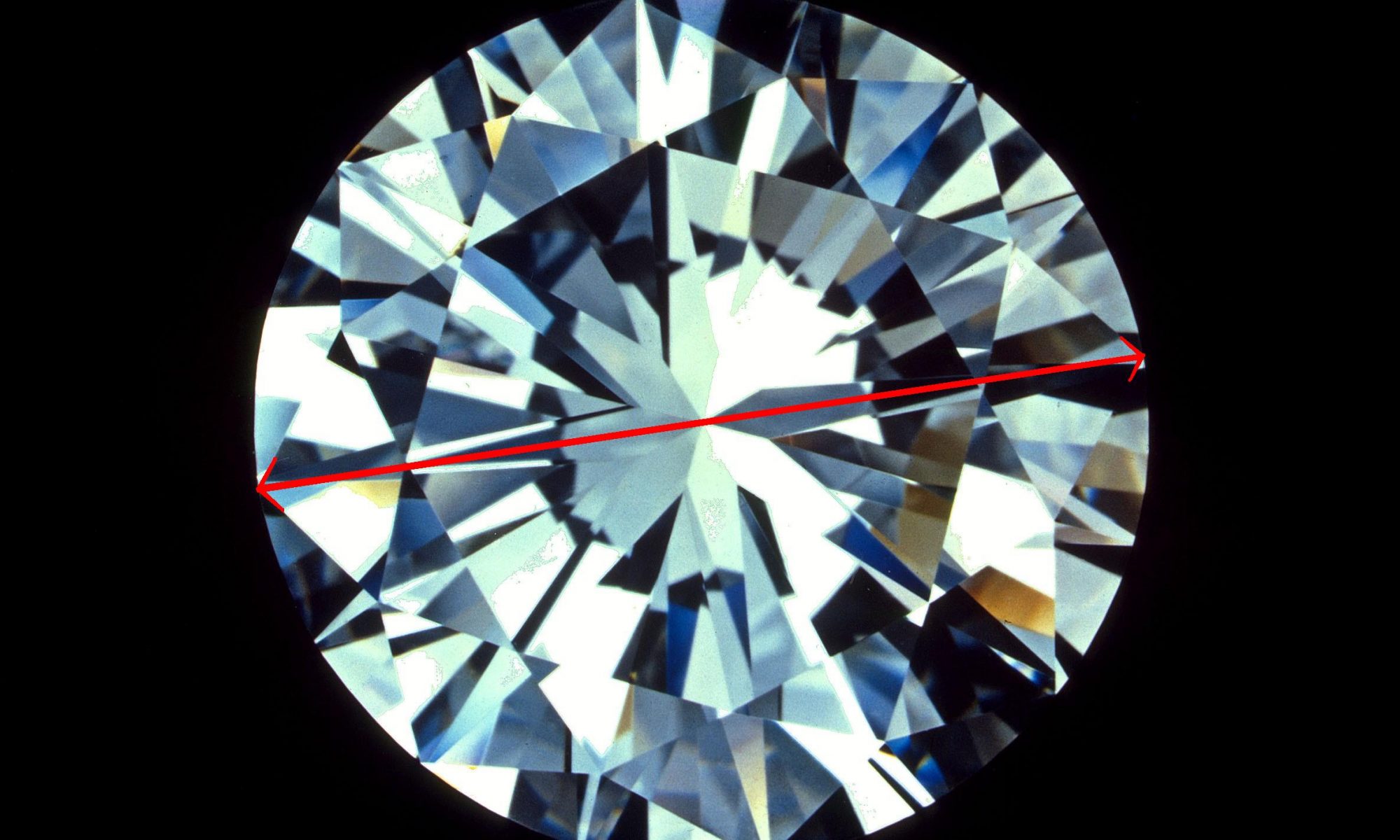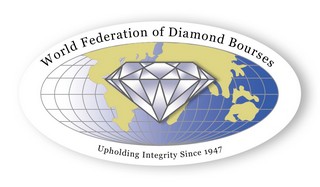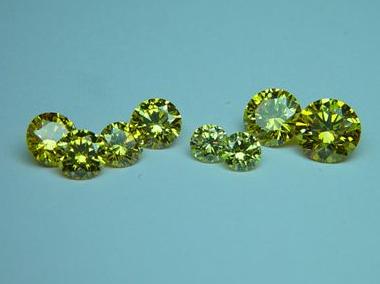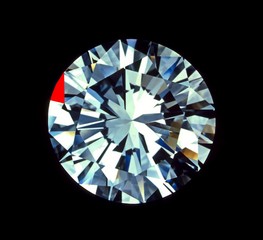Plastic covering that provides a safeguard against loose diamonds being lost or damaged. Laboratory sealing has a number of security features including electrostatic security bars, pressure-sensitive transparent adhesive and cryptoprint text which only becomes visible after opening the seal.
Polish Lines
Lines left on the surface of the diamond which are visible under magnification, normally removed during the final diamond polishing process. Polish lines can affect the polish grade of the diamond.
Orange Diamond
The ultimate colour for the collector, Orange is extremely rare in diamond. To be certified fancy orange colour, there cannot be any brown in the stone.
Internal Laser Drilling
Treatment to enhance the apparent clarity of a diamond by reducing the visibility of dark inclusions. A precise laser beam is focused on a small dark inclusion – the black in the inclusion dissipates from the laser beam itself. Click here to learn more about laser drilling and clarity enhancement.
National Diamond Colour Master Set
Set of certified and registered diamonds, with known colours from which other master sets may be derived.
Diameter
Diameter is a reference measurement against which most of the proportions on a diamond are calculated. On a round brilliant cut diamond, this is the length in millimeters of a straight line going through the center of a diamond. Click here to learn which standard diameter measurements correspond to specific well-proportioned carat weights. On a fancy shaped diamond, this is the average measurement in millimeters of the length and width.
Inclusions
World Federation of Diamond Bourses
International confederation of diamond bourses. The WFDB imposes strict rules and guidelines for ethical and professional conduct for the diamond trade on an international level.
Yellow Diamond
A coloured diamond with a natural yellow body colour. Yellow must be the predominant colour, but it may be modified by shades of green, orange, or brown. The colour in natural yellow diamonds is created by the presence of nitrogen as an impurity when the diamond is growing. Natural yellow diamonds are common; canary diamonds are however more rare.
